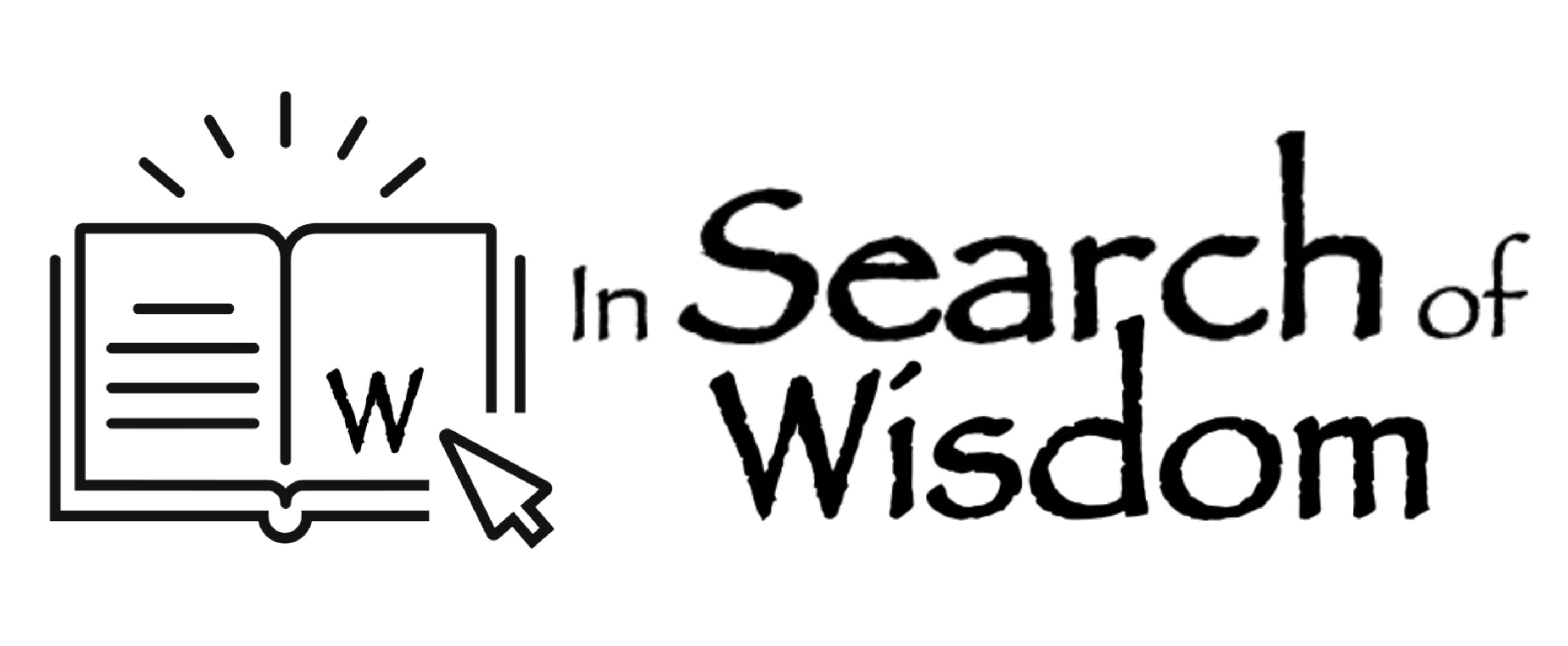Applying Psychological Theories to Project Leadership
Introduction
Project management, in today’s dynamic business environment, requires a deep understanding of human behaviour alongside technical skills. Incorporating insights from cognitive psychology and neuroscience can provide project leaders with an improved understanding of human cognition and decision-making, enhancing project outcomes.
Seven Relevant Theories
1. Kahneman’s System 1 and System 2 Thinking
Daniel Kahneman proposes a dual-process theory of cognition in his work. System 1, fast and intuitive, and System 2, slow and deliberate, both play crucial roles in decision-making. Project leaders need to balance these systems, leveraging instinctive decisions where appropriate and applying careful analysis when necessary.
2. Damasio’s Somatic Marker Hypothesis
Antonio Damasio’s somatic marker hypothesis posits that emotional responses, or ‘somatic markers,’ guide our decision-making. Project leaders should be aware of their own and their team’s emotional biases when making decisions, as these can significantly impact outcomes.
3. Barrett’s Theory of Constructed Emotions
Lisa Feldman Barrett proposes that emotions are constructed based on physiological sensations, past experiences, and context. Project leaders can utilize this insight to manage team dynamics more effectively, understanding that emotional responses can vary widely among team members.
4. Mercier’s Argumentative Theory of Reasoning
Hugo Mercier, in collaboration with Dan Sperber, posits that human reasoning primarily serves to facilitate argumentation and social cohesion. Project leaders can leverage this insight by fostering an environment that encourages open debate and respectful argumentation.
5. Claxton’s Intuitive Intelligence
Guy Claxton emphasizes the role of intuition and subconscious processes in problem-solving and decision-making. Project leaders can balance data-driven and intuitive approaches to decision-making, acknowledging the validity of intuitive insights alongside rational analysis.
6. McGilchrist’s Divided Brain Theory
Iain McGilchrist’s work highlights the differences between the brain’s left and right hemispheres, suggesting that different tasks require different cognitive styles. Project leaders should strive to balance these cognitive styles within their teams, encouraging a mix of detailed, analytical thinking and holistic, big-picture perspectives.
7. Siegel’s Mindsight
Daniel Siegel’s concept of mindsight – the ability to perceive and interpret the workings of our own and others’ minds – enriches our understanding of emotional intelligence. Project leaders can utilize mindsight to manage their own emotions more effectively, foster empathy and understanding within their teams, and promote a more integrated, collaborative team environment.
Conclusion
These theories offer project leaders valuable insights into human cognition and decision-making. By understanding and applying these theories, project leaders can enhance their decision-making processes, improve team dynamics, and more effectively lead their projects to success.
Practical Implications
From balancing instinctive and deliberate thinking (Kahneman) and considering emotional biases in decision-making (Damasio), to understanding the constructed nature of emotions (Barrett), promoting open debate (Mercier), leveraging intuitive intelligence (Claxton), balancing cognitive styles (McGilchrist), and promoting mindsight for better emotional intelligence and team integration (Siegel) — each theory provides project leaders with a unique lens to view and address the challenges in their work. These theories underscore the importance of a nuanced understanding of human cognition and emotion, highlighting how instinct, reasoning, emotion, and social interaction all play crucial roles in decision-making and team dynamics.
- Kahneman’s System 1 and System 2 Thinking: Leaders should foster an environment where both fast, instinctive decisions and slow, careful analysis are valued and utilized appropriately.
- Damasio’s Somatic Marker Hypothesis: Leaders should cultivate awareness of emotional states and biases in decision-making processes, considering both their own and their teams’ emotional responses.
- Barrett’s Theory of Constructed Emotions: Leaders should strive for empathetic management, understanding that emotional responses can vary widely among team members due to their different experiences and contexts.
- Mercier’s Argumentative Theory of Reasoning: Leaders should create a culture that encourages open debate and respectful argumentation, leading to better decision-making and stronger team cohesion.
- Claxton’s Intuitive Intelligence: Leaders should balance data-driven and intuitive decision-making, acknowledging the importance of subconscious processes in problem-solving.
- McGilchrist’s Divided Brain Theory: Leaders should promote a balance of detailed, analytical thinking and holistic, big-picture perspectives within their teams, capitalizing on different cognitive strengths.
- Siegel’s Mindsight: Leaders should strive to foster empathy and understanding within their teams and manage their emotions effectively, promoting a more integrated, collaborative team environment.
That’s a lot to think about. And project leaders will already possess many of these skills. But incorporating improvements into a project leader’s practice can be built into a habit by adopting a phased approach. One such plan is described in “The Leadership Growth Cycle”
Future Directions
The application of neuroscience and cognitive psychology to project management is an evolving field with much more to explore. Future research should continue to delve into these connections, focusing on practical strategies that project leaders can use to apply these theories in real-world settings. By bridging the gap between theory and practice, we can continue to enhance the science and art of project leadership.
Terry Cooke-Davies
May 2023
This article was created with the assistance of an AI language model developed by OpenAI.
References
Barrett, L. F. (2017). How emotions are made : the secret life of the brain. London, Macmillan.
Barrett, L. F. (2021). Seven and a Half Lessons About the Brain. Basingstoke, Picador.
Claxton, G. (1997). Hare brain, tortoise mind : why intelligence increases when you think less. London, Fourth Estate.
Claxton, G. (2015). Intelligence in the flesh : why your mind needs your body much more than it thinks, New Haven : Yale University Press, [2015].
Damasio, A. R. (2006). Descartes’ error : emotion, reason and the human brain. London, Vintage.
Damasio, A. R. (2012). Self comes to mind : constructing the conscious brain. London, Vintage.
Damasio, A. R. (2021). The strange order of things : life, feeling, and the making of the cultures. London, Robinson.
Damasio, A. R. and H. i. Damasio (2021). Feeling and knowing : making minds conscious. London, Robinson.
Kahneman, D. (2011). Thinking, fast and slow. New York, Farrar, Straus and Giroux.
Kahneman, D., et al. (2011). “Before you make that big decision.” Harv Bus Rev 89(6): 50-60, 137.
McGilchrist, I. (2018). Ways of Attending : How our Divided Brain Constructs the World, Routledge.
McGilchrist, I. (2019). The master and his emissary : the divided brain and the making of the Western world. New Haven, Yale University Press.
McGilchrist, I. (2021). The matter with things : our brains, our delusions, and the unmaking of the world. London, Perspectiva Press.
Mercier, H. (2020). Not born yesterday : the science of who we trust and what we believe, Princeton : Princeton University Press, [2020].
Mercier, H. and D. Sperber (2017). The enigma of reason : a new theory of human understanding. [London], Allen Lane, an imprint of Penguin Books.
Siegel, D. J. (2020). The developing mind : how relationships and the brain interact to shape who we are, New York : Guilford Press, [2020






